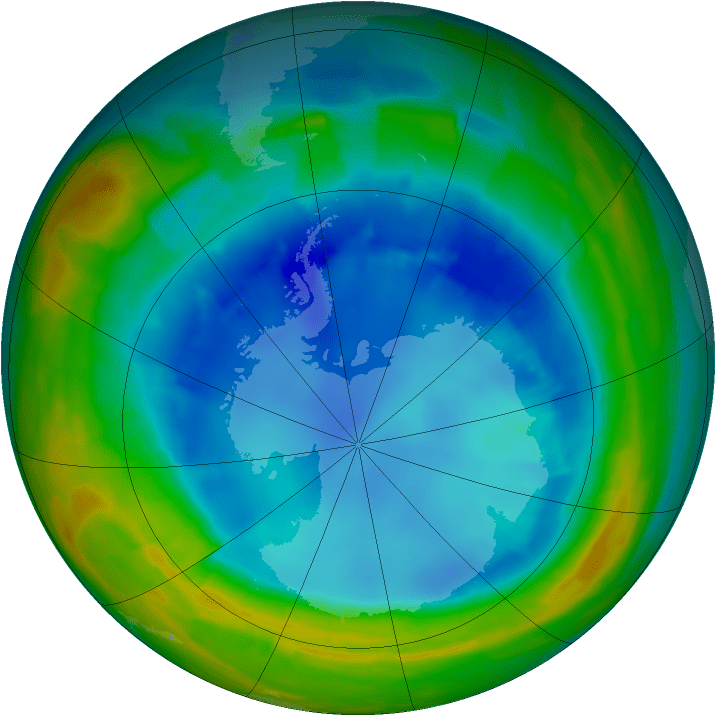Some bad news in the fight to protect Earth’s ozone — one of the banned compounds that attacks this protective atmospheric layer is still being produced, somehow.
That compound is called carbon tetrachloride, which used to be common in fire extinguishers and dry cleaning. But those who have signed the Montreal Protocol in 1987 reported no new emissions between 2007 and 2012.
So how is it that new research found atmospheric emissions are persisting at 30% of peak production, even with no new emissions being reported?
“We are not supposed to be seeing this at all,” stated lead author Qing Liang, an atmospheric scientist at NASA’s Goddard Space Flight Center in Maryland. “It is now apparent there are either unidentified industrial leakages, large emissions from contaminated sites, or unknown CCl4 sources.”
The concentrations are still declining, but only by 1% a year instead of the expected 4%. Liang’s team used several sources to piece together data from their new study, including ground-based observation and NASA’s 3-D GEOS Chemistry Climate Model.
Their work found that CC14 is still being produced, somehow, and also stays in the atmosphere for about 40% longer than thought. They estimate worldwide emissions of about 39 kilotons per year.
The results were published late last month in Geophysical Research Letters.
Source: NASA

